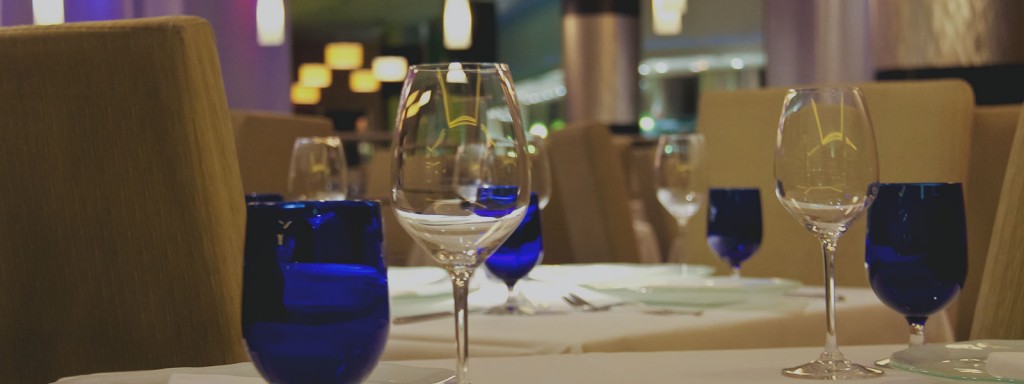There are plenty of studies that will tell you that anywhere between 30 and 40 percent of the overall food supply in the U.S. ends up in landfills. According to a 2014 study, restaurant sector respondents reported approximately 84 percent of food waste was literally thrown away.
The impact on profit
The report estimates that almost 16 percent of all food waste is generated by the restaurant industry. On average, survey respondents generated 33 pounds of food waste per thousand dollars of company revenue. When you put that into dollars and cents, it adds up to a great deal of lost profit.
The restaurant industry is highly competitive and remaining profitable is the key to existence in this overcrowded marketplace. Food waste can be one of the largest hits to your bottom-line so menu design is an important consideration in determining how much food waste your business will generate.
Investigating the sources of waste
If your business is losing a considerable amount of revenue due to food waste, a restaurant consultant can offer insight into your main problem areas and help you close the gap on profit and loss. They can assist you in improving efficiency and reducing waste in areas such as purchasing, product handling, preparation and storage. Additionally, your production and services areas should be factored in as well.
Restaurant consultants recommend breaking up food waste into two categories, you will be able to see the full picture of where your food waste lies. First, consider the food you waste before it is served to the customer and secondly, consider the food that is left after consumption.
Before consumption waste
If you are wasting food before it gets to the customer, there are several matters you need to investigate. The first one is, are you purchasing too much? You are not saving money buying in bulk if you throw away products that have expired or gone bad. Begin by monitoring the items you are throwing away. Review your invoices and orders and define what you are buying too much of and analyze the vendors you are using.
Another possibility could be the way you are storing your food. Monitor your storage areas by going through your inventory and figuring out the best way for all food to stay fresh and unspoiled. Moreover, examine your food preparation methods and set up. If your prep station is not set up effectively you may be throwing food out due to prep errors.
After consumption waste
Auditing your post-consumption waste can tell you a great deal as well. For example, are people eating the whole portion? If not, reducing the plating size is an obvious choice. Also, things to take into consideration is food presentation including the wasted cardboard, styrofoam and plastic that is being used. This waste also needs to be managed to improve your profitability.
Menu design
After you have assessed your waste, you should reassess your menu design. A restaurant consultant can guide you through the process based on your waste assessment. If you need to either recreate your menu or business model from scratch or make tweaks to it, having a professional direct the process can end up increasing your profitability.
Whether you are a fast casual or full-service restaurant, changing up your menu is the key opportunity to minimize food waste. Deciding what you are serving, storing, preparing and packaging will impact your bottom line and your food waste carbon footprint.
The key to ending food waste is to reduce, reuse and recycle! Learn more about how menu design can help your restaurant reduce food waste on our TRG consulting service pages.





